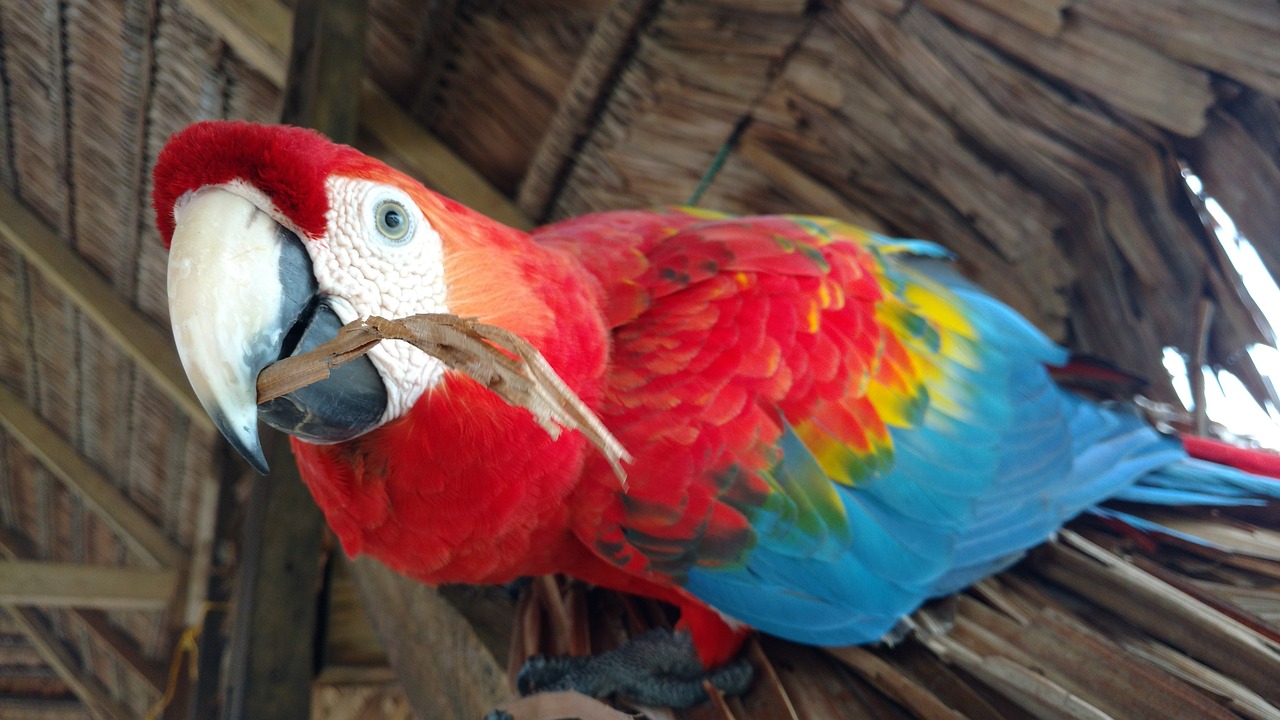
Psittacine herpesvirus is an alpha herpesvirus that is the causative agent of Pacheco's illness and internal papillomatosis in parrots. Pacheco's illness causes a viral hepatitis seen predominantly in New World species (Amazon parrots, macaws, and conures).
Internal papillomatosis happens in parrots that have actually endured Pacheco's disease. Papillomatosis is most typically observed in macaws, Amazon parrots, conures, and Hawk-headed parrots. Disease is associated with tension, which can trigger scientifically healthy carriers to shed virus and initiate infection in prone birds, as often occurs during introduction of brand-new birds, moving, or in those with underlying disease or throughout breeding. It is spread by direct contact, aerosol, or fecal contamination of food or water, with an incubation period of 3-- 14 days. The result of the infection depends on the genotype of the infection, the species of bird contaminated, and the bird's overall health.

Infected birds become chronic carriers and will stay persistently infected and periodically shed the virus throughout their lives.
Vintage types are less most likely to be either inapparent providers or medically susceptible. Patagonian species and some Aratinga spp may be natural hosts in the wild, and some people of these species might asymptomatically shed infection when stressed. Other types can also function as carriers.
Clinical Findings of Pacheco's Disease of Pet Birds
Terminal indications of Pacheco's illness include severe death in well-fleshed birds and intense yellow urates with scant feces. Other medical signs are diarrhea, green urates, sleepiness, regurgitation, weak point, and depression.
Medical diagnosis of Pacheco's Disease of Pet Birds
Medical diagnosis of Pacheco's disease in a live bird can be done by DNA probes of combined oral and cloacal swabs and blood samples . Increases in plasma AST activity and marked leukopenia have been reported.

Because of the acute nature of the disease, histologic sores might not appear. Nevertheless, most affected birds will have hepatomegaly, splenomegaly, and renomegaly.
The liver might be mottled or grossly stained. Ecchymotic and petechial hemorrhages may exist on the pericardium and within the mesenteric fat. Intranuclear additions are seen histologically in the liver, spleen, intestinal tract epithelium, and pancreas.
Treatment and Prevention of Pacheco's Disease of Pet Birds
In addition to encouraging care, acyclovir (80 mg/kg, 3 times a day, or 400 mg/kg in feed) can be used throughout an outbreak; however, the threat of increased transmission because of handling is great. Autogenous vaccines have been developed during break outs and have successfully decreased morbidity and death. An inactivated vaccine is available.
The sores of papillomatosis are predominantly present in the oral and cloacal mucosa but might also be discovered internally in the digestive tract, or less frequently, in the conjunctiva or bursa.
Owners normally initially notice blood from a papilloma in the droppings, and/or the papilloma prolapses through the cloaca.
Sores may be moderate or serious (ulcerated and bleeding) and frequently wax and subside. Ulcerated sores may require to be cauterized or surgically removed, although they typically recur. Treatment is supportive, such as analgesics, cautery, and antimicrobials to prevent secondary infection. Antiherpesviral drugs are not curative and do not appear to affect the course of disease.
About Testing for Pacheco's Disease
 Add Row
Add Row  Add
Add 




Write A Comment